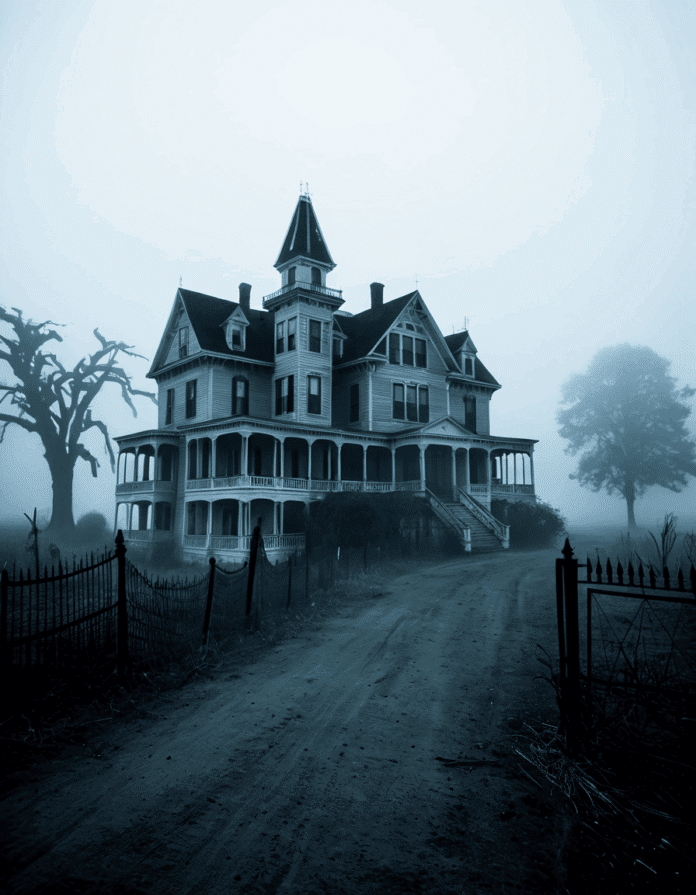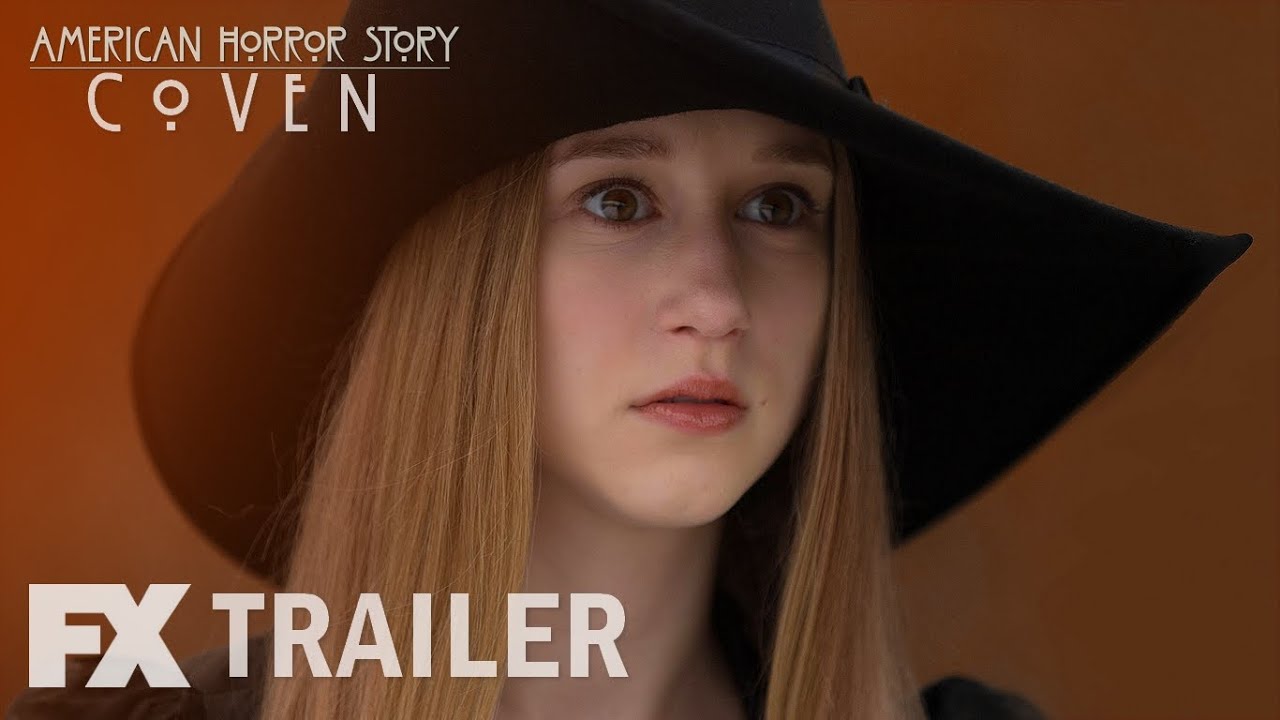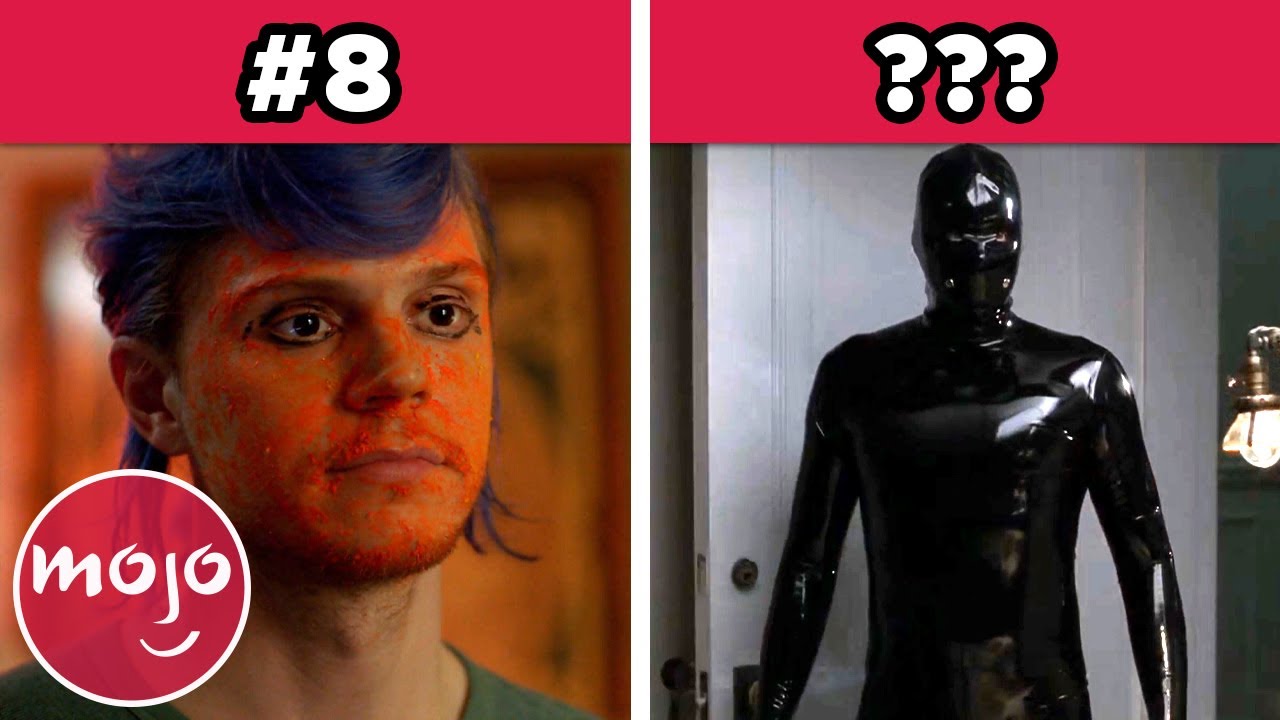In the ever-changing landscape of television, few series capture the essence of horror quite like American Horror Story. Since it premiered in 2011, this anthology show has opened doors to terrifying narratives crafted by creators Ryan Murphy and Brad Falchuk. With each passing season, the series has delved deep into traditional themes while also addressing modern societal concerns. As we step into 2026, the American Horror Story seasons continue to resonate, influencing audiences and shaping the horror TV genre in remarkable ways. Let’s explore some standout seasons that have truly redefined what horror television can be.
The Top 5 American Horror Story Seasons and Their Impact on the Genre
1. Murder House (Season 1)
Murder House sets the stage for American Horror Story, weaving a chilling tale that intertwines family dynamics with classic ghost story elements. The heart-wrenching performances from the American Horror Story cast, particularly Jessica Lange and Evan Peters, craft a narrative thick with grief and loss. The season’s ability to mix horror with human tragedy not only captivates viewers but also establishes a benchmark for serialized horror on television.
Moreover, Murder House introduces us to the primary motif of the series: the exploration of trauma through the lens of horror. It serves as a prelude to the show’s exploration of complex human emotions and social issues. By inviting viewers into a world where fear and sorrow coexist, this season exemplifies how horror can provide profound insights into the human experience.
2. Asylum (Season 2)
In its second season, Asylum plumbs the dark depths of mental illness and the treatment of patients during the 1960s. This season sheds light on psychological horror while depicting the oppressive nature of institutions—showcasing powerful performances from Sarah Paulson and Jessica Lange. Unlike shows such as Buffy the Vampire Slayer—which mainly focused on action and monster battles—Asylum uses its narrative to address significant societal issues, making it a frontrunner in the genre.
Furthermore, the psychological aspects of Asylum invite viewers to confront their fears surrounding mental health. By challenging preconceived notions, the season not only entertains but also fosters dialogue on important topics often left unspoken. Its depth and complexity contribute to the evolution of horror television, paving the way for more thought-provoking content in the years to follow.
3. Coven (Season 3)
In Coven, American Horror Story takes a bold turn toward themes of female empowerment and witchcraft as a form of rebellion against patriarchal control. Starring formidable actresses like Kathy Bates and Angela Bassett, this season celebrates sisterhood, betrayal, and the search for power. By showcasing strong female leads and their intricate dynamics, Coven redefines how women are represented in horror.
Moreover, the season’s infusion of modern fashion and music attracts a fresh, younger audience, further solidifying its cultural impact. Elements like the infamous “Seven Wonders” challenge cast members to push their boundaries, allowing viewers to see powerful portrayals of femininity in a genre often dominated by male narratives. In doing so, Coven breaks ground for future horror stories focused on women’s experiences, enhancing the spectrum of horror TV.
4. Freak Show (Season 4)
Freak Show takes on the stigma faced by marginalized communities, offering a poignant message about the experiences of those often pushed to the edges of society. This season skillfully blends horror with social commentary, portraying the harsh realities of discrimination and fear based on misunderstanding. With stunning performances by Jessica Lange and Sarah Paulson, the emotional depth of their characters adds layers to an already intricate narrative.
The season highlights how horror can be a vehicle for understanding complex social issues. As each character grapples with their own struggles—be it acceptance, love, or survival—a heartfelt story emerges. Freak Show compels viewers to look beyond the surface, allowing horror to serve as a reflection of society’s darker truths, ultimately fostering empathy and deeper understandings among audiences.
5. 1984 (Season 9)
Reviving the slasher genre, 1984 merges nostalgia with contemporary storytelling by drawing inspiration from iconic films like Friday the 13th. This season is a thrilling exploration of societal fears surrounding technology and violence, showcasing a balance between classic horror tropes and innovative character arcs. By embracing and reinventing these aspects, 1984 successfully retains the hallmark thematic depth of American Horror Story.
This season’s blend of horror and humor keeps audiences on the edge of their seats while still reflecting modern anxieties. The rich atmosphere harkens back to retro themes while exploring new content around fear and vulnerability. Ultimately, 1984 revitalizes classic horror, proving that even familiar narratives can be reimagined in fresh and exciting ways.
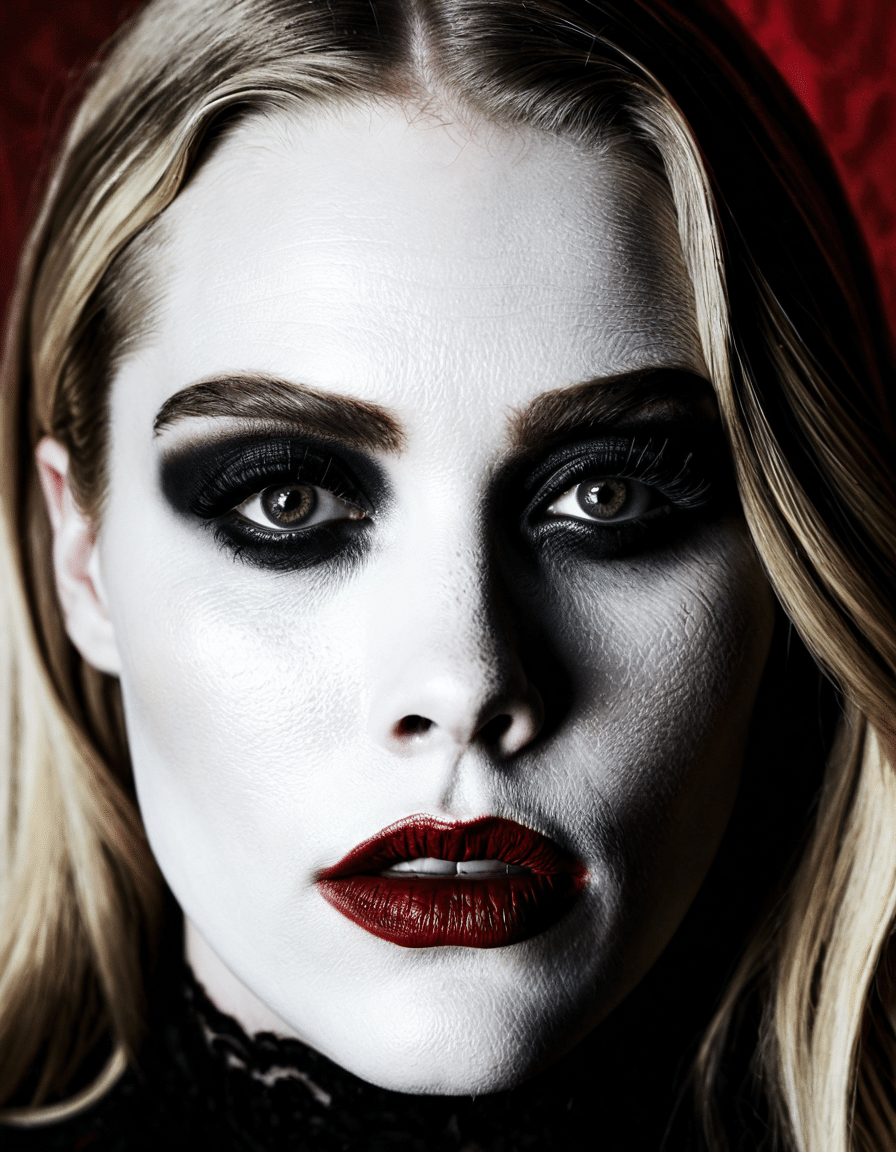
How American Horror Stories Expand the Universe
In recent years, the spin-off series American Horror Stories has expanded the American Horror Story universe. Each episode serves as a standalone narrative, introducing viewers to new characters and original horror motifs. This format allows for a diverse exploration of themes, echoing the same modern fears that have resonated throughout the original series.
By addressing current societal anxieties, American Horror Stories maintains relevance in today’s landscape, much like how adaptations such as Disney’s Snow White live action blend classic tales with contemporary issues. The flexibility of this spin-off allows storytelling to thrive, inviting fresh perspectives on familiar fears.
American Horror Stories also forges connections between different horror tropes, ensuring that each story, though unique, remains tied to the original anthology’s core philosophy. With every new episode, the franchise continues to engage viewers, reminiscent of crossovers seen in other successful series like Chicago Fire episodes.
The Cultural Influence of American Horror Story
The influence of American Horror Story transcends the screen, manifesting in fashion, media discussions, and actual horror-themed events. This cultural penetration mirrors the impactful phenomena created by earlier seasons, which continue to inspire dialogue and creativity within the horror genre. Fan engagement, especially through social media, further cements the series’ relevance.
The connection developed between the American Horror Story cast and fans amplifies its cultural footprint. Characters like Lily Rabes portrayal resonate deeply, showcasing complex narratives that challenge the conventional understanding of horror. The community formed around the series reflects a common interest in unorthodox storytelling, driving a fascination that surpasses traditional genre boundaries.
Ultimately, American Horror Story has left an indelible mark on popular culture, influencing creators across various platforms. Its themes and motifs echo throughout literature, fashion, and other forms of media, driving the genre forward.
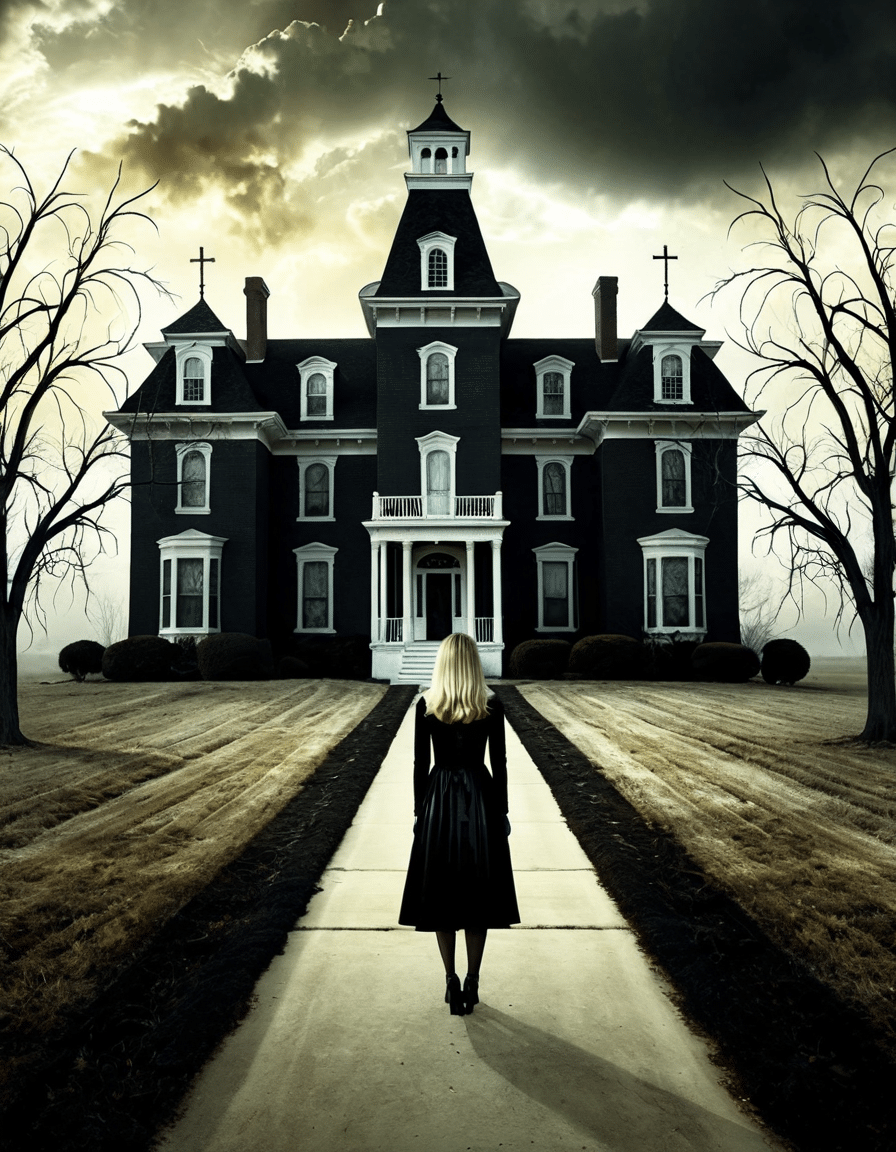
The Legacy and Future of Horror Television
Examining the impact of American Horror Story seasons offers deeper insights into horror as a narrative device for exploring societal issues. Future horror television is likely to draw inspiration from the series’ anthology format; audiences are increasingly seeking complex characters and intertwining story arcs.
The narrative strategies employed by American Horror Story indicate that its legacy will live on through new productions that prioritize depth and engagement. Shows like Chicago Fire, while stylistically different, indicate a shift towards serialized storytelling that resonates with viewers looking for nuanced narratives.
As the horror genre continues to develop, American Horror Story remains a pivotal source of inspiration. With anticipation for upcoming seasons growing, the potential for exploring new themes signals a promising future for horror television. This genre is not merely about chills; it is about storytelling that informs, challenges, and resonates with audiences on multiple levels.
The evolution of horror TV, particularly as demonstrated through American Horror Story, encapsulates a transformative journey that redefines what horror means in today’s context. It’s an invitation for new generations to delve into narratives that provoke discussion and self-reflection, ensuring the genre remains vibrant and relevant.
American Horror Story Seasons: Intriguing Facts and Trivia
Chills and Thrills
Did you know that the first season of American Horror Story, titled “Murder House, wasn’t just about ghosts and ghouls? It cleverly incorporated various themes, including psychological horror and family drama, proving to be a multifaceted experience. What’s even more fascinating is that each season of American Horror Story acts as a standalone story, which keeps viewers guessing every time. This unique format has reshaped horror TV in a way similar to how Amazon on customer service transformed online shopping, making each viewing experience feel fresh and engaging.
Iconic Seasons and Their Inspirations
“Freak Show,” the fourth installment, is yet another standout in the American Horror Story lineup. It brings to light the real struggles of circus performers faced with societal rejection. The vivid portrayal of life in a 1950s freak show is as disturbing as it is captivating. Did you know that some characters were inspired by real-life performers? As fascinating as the show itself is the impact it had on cultural conversations—much like the effects observed after Manatee County Hurricane Idalia, which reminded us of the importance of community and resilience in the face of adversity.
Behind the Scenes
Talking about character portrayals, Jessica Lange’s iconic role as Elsa Mars not only captivated audiences but also won her multiple awards, making her a household name. This dedication to strong characters is perhaps why American Horror Story has consistently drawn high viewership ratings, often rivaling shows on networks like Paramount Network. Fans have even found ingenious ways to pay tribute to their favorite characters, similar to how enthusiasts find cool watches that symbolize their personal style.
So, whether you’re diving into the compelling narratives or just soaking in the aesthetic, American Horror Story seasons go beyond typical horror and push the envelope of storytelling. It’s a ride you don’t want to miss! And justifying the rage that some fans have about plot twists is no different than trying to unravel what C/O means in postal terms—sometimes, context is key. Keep your eyes peeled; you never know what surprises American Horror Story has in store!


